‘The best day of my life’: Rural-focused outreach captivates the future hope of health care
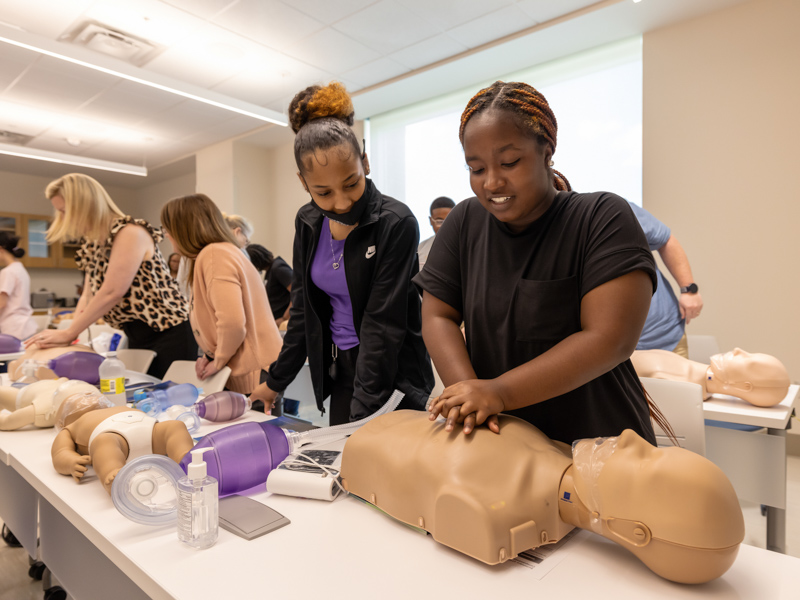
They lost Arlesia Gilson at the word “morgue.” For about a minute.
“I thought, ‘We’re going where?’” said Arlesia, 17, a rising senior at Gentry High School in Indianola. “That’s not anything I’m into.”
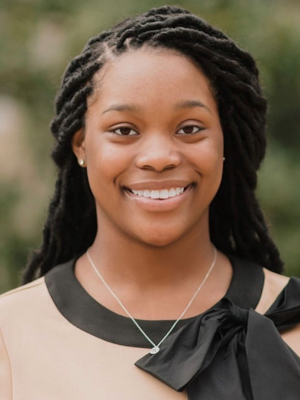
Arlesia was one of around 38 participants in the recently concluded Mosaic Summer Enrichment Program which brought high schoolers from rural schools or counties to the Medical Center, illuminating for them the literal and figurative heart and brain of a multitude of health care careers.
Held in two separate, week-long sessions, June 5-11 and July 10-16, Mosaic exposed them to clinics, labs, basic life-saving skills, and much more, including tours of, among other places, the UMMC morgue.
For Arlesia, the experience served as a recruiter: She came to UMMC thinking like a future lawyer, and left thinking like a future nurse. Or dentist. Or doctor.
“Those are my top three choices now,” she said. “I’ve wanted to be a criminal justice lawyer, but I also needed to be sure that’s what I really want to do; that’s why I signed up for Mosaic. And now I’m glad I did.
“I never experienced anything like this before. And I really enjoyed going to the morgue, after all. As I went in, I said, ‘This is not bad. It isn’t scary at all. This is part of me; I can’t be scared of that.’”
Which is what Dakota Bibbs likes to hear.
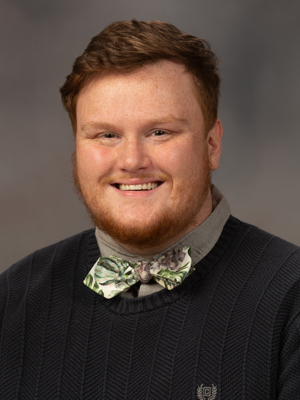
“We wanted to show the students ‘you can do this, too,’” said Bibbs, academic counselor for the School of Medicine. “They can see what it takes to be, for instance, an occupational therapist or physical therapist or dentist, and what that work is like.”
Mosaic was sponsored by IMPACT the RACE, which is committed to improving access to primary care in the state’s rural communities through education.
Bibbs created and named Mosaic. “The question is: Can we change the mosaic of Mississippi health care to more accurately reflect its people?” he said. “So many come from rural areas and from underserved and underrepresented populations.”
It has been a busy summer for enrichment here at the Medical Center. Mosaic was one of at least four programs, including PROMISE, for students from populations underrepresented in medicine; the Black Men in Healthcare Empowerment Summit, for African American males of middle-school age; and Insight, open to African American, Hispanic, Latino or Native American high school students.
Mosaic, the newest, selected rising high school juniors and seniors from rural areas, as defined by the Health Resources & Services Administration. By those lights, the vast majority of Mississippi is rural.
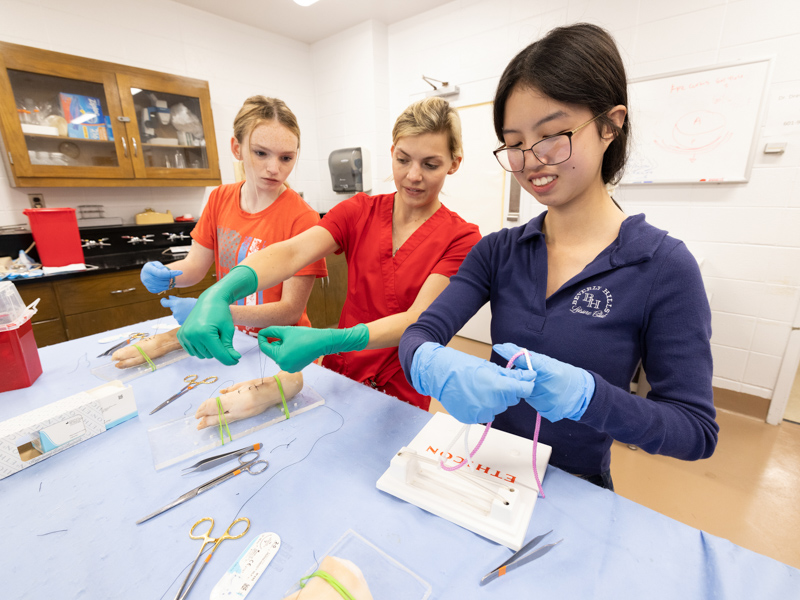
Representatives from all seven campus schools – dentistry, graduate studies in health sciences, health related professions, medicine, nursing, pharmacy, and population health – were able to reach out to the Mosaic students with hands-on demonstrations, along with lessons on study skills, time management, financial literacy, scholarship mining and others.
Because many students had to travel for hours to get to Jackson, the program housed them at nearby Millsaps College.
“We realized that if we really wanted to reach rural populations, we needed to give them a place to stay,” Bibbs said. “And this program exposed them to a part of the state they may have never been to before, as well as to UMMC, in a way they may have never seen before.”
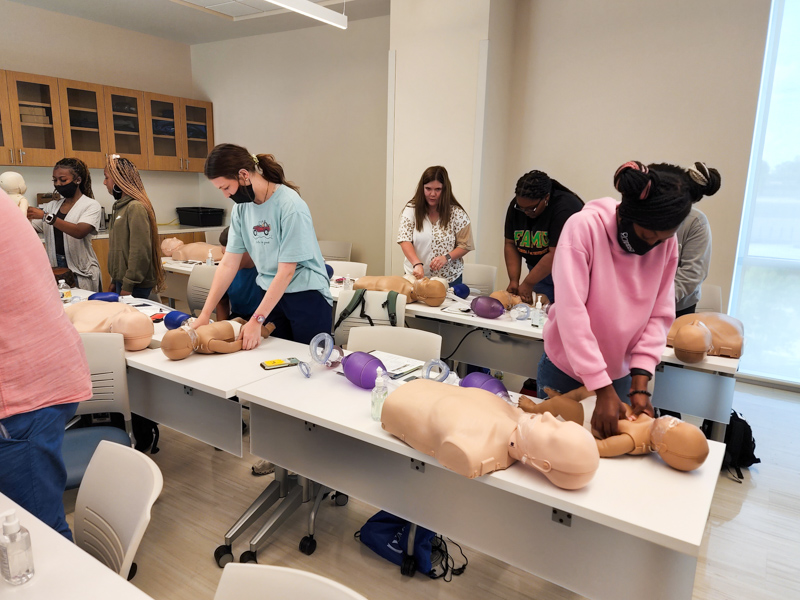
While this is true for many of the students, others, or their family members, had visited the campus before. They had, at one time, come from as far away as Summit, Mount Olive and even Aberdeen for medical treatment; they know what lack of access means.
“We have to travel to Hattiesburg or Jackson sometimes for health care,” said Kardaijah Feazell, 17, a rising Mount Olive High School senior who attended Mosaic in June; she, too, remembers well the morgue tour.
“When they first handed me the heart, I got a little dizzy,” she said. Undeterred, she is pursuing a health care career anyway – as a dentist.
“I was thinking about it already,” Kardaijah said, “but after going to Mosaic, I fell in love with dentistry even more.”
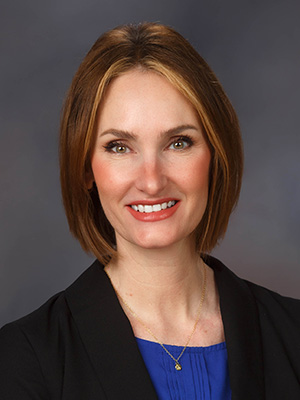
Dr. Elizabeth Carr was among those courting future learners for the School of Dentistry. “The hands-on portions of the program have been really successful for the students,” said Carr, professor and chair of dental hygiene.
“I don’t believe many high school students get to meet department heads, decision-makers and administrative staff.
“It was such a fun group of bright young minds. Dakota [Bibbs] sent us feedback from their survey that just made all of our hearts sing at the SOD.” Wrote one student: “It was the best day of my life.”
It was the kind of day, and week, that many Mosaic presenters were not afforded when they were in school.
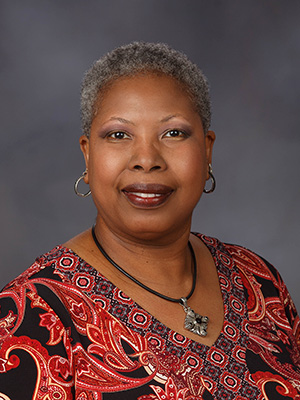
“My school counselor never directed me to nursing,” said Dr. Marilyn Harrington, associate professor of nursing and assistant dean for diversity, equity and inclusion in the School of Nursing.
“I learned about nursing watching TV when I was a little girl,” said Harrington, whose role models included Diahann Carrol in “Julia.”: “Her crisp, white uniform was seared into my memory.”
Harrington tried her hand at some memory-searing of her own during her “Healthcare Highlights” presentation.
“The beauty [of Mosaic] is that the children attending it were from rural communities,” she said. “There is such a disparity and difference in health care for people in the city vs. people in rural areas. Health care may be 90 miles away for some of them.
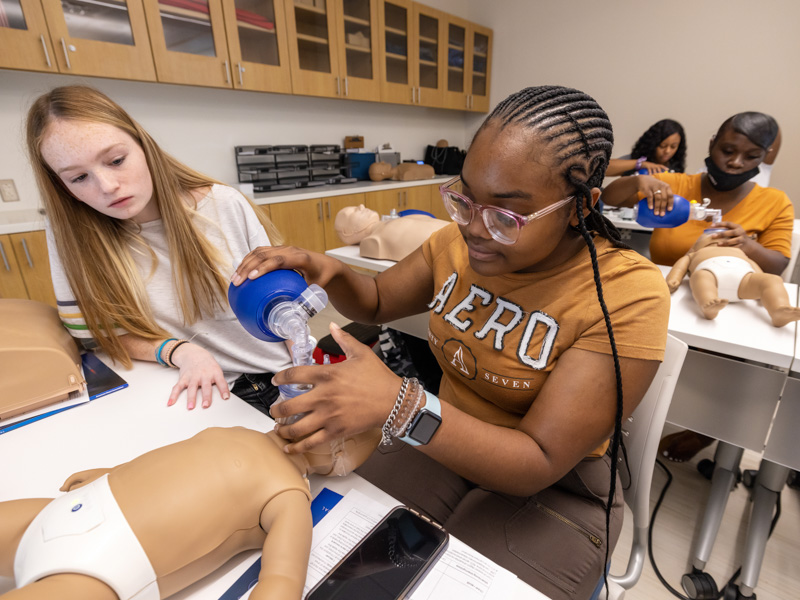
“Training nurses to take their skills back to their own community is a fabulous thing. And when people in the community see people in health care who look like them, it reduces their anxiety as patients and can even reduce the length of stay in the hospital.
“I really bragged on nursing. And I really believe I swayed a couple of them.”
Many did not need swaying. Among those was Ashley Hodges, 17, of Summit, a rising North Pike High senior. “My goal is to be a CRNA [Certified Registered Nurse Anesthetist],” said Ashley, who at one time had to travel some 75 miles to Children’s of Mississippi to get expert care for her migraines.
Cerigan Belle, 16, a rising junior at Aberdeen High, is also an aspiring CRNA, or perhaps an anesthesiologist. “My sister used to have to go to children’s hospital as a patient,” she said. That’s a drive of about 180 miles.
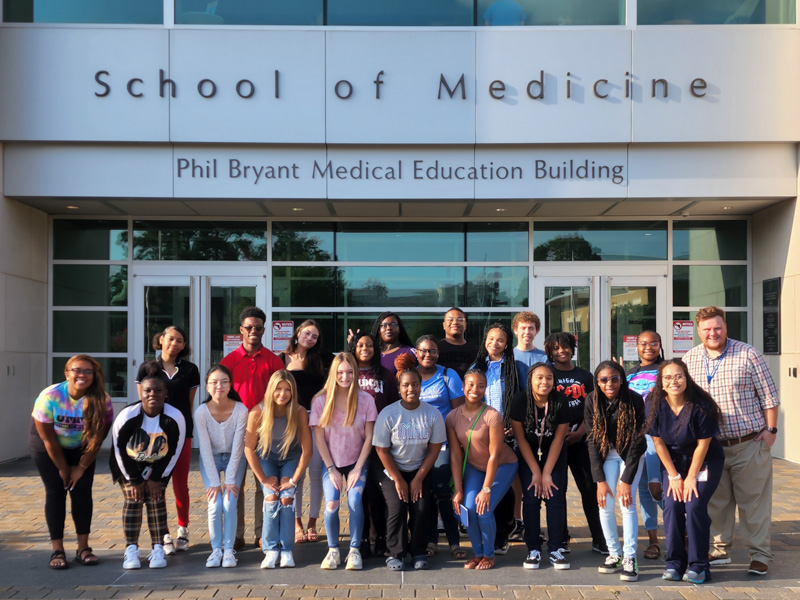
Cerigan and other Mosaic alumni won’t have to wait to finish nursing school, medical school or even high school to take life-saving skills back home with them. They learned, among other things, CPR, bag-valve-mask ventilation and the Heimlich maneuver from Andrew Shelby, an educator in the Life Support Training Center.
And a squadron of medical students, including Clarice Swift and Gabrielle Chamoun, took them through STOP THE BLEED procedures or put in their hands needle drivers and forceps for a go at knot-tying and suturing in the Clinical Sciences Building.
“Yay – look at you!” Chamoun said as Greenville High junior Madison Seard, 16, stitched up a pig’s foot.
“I got this,” said Madison.


